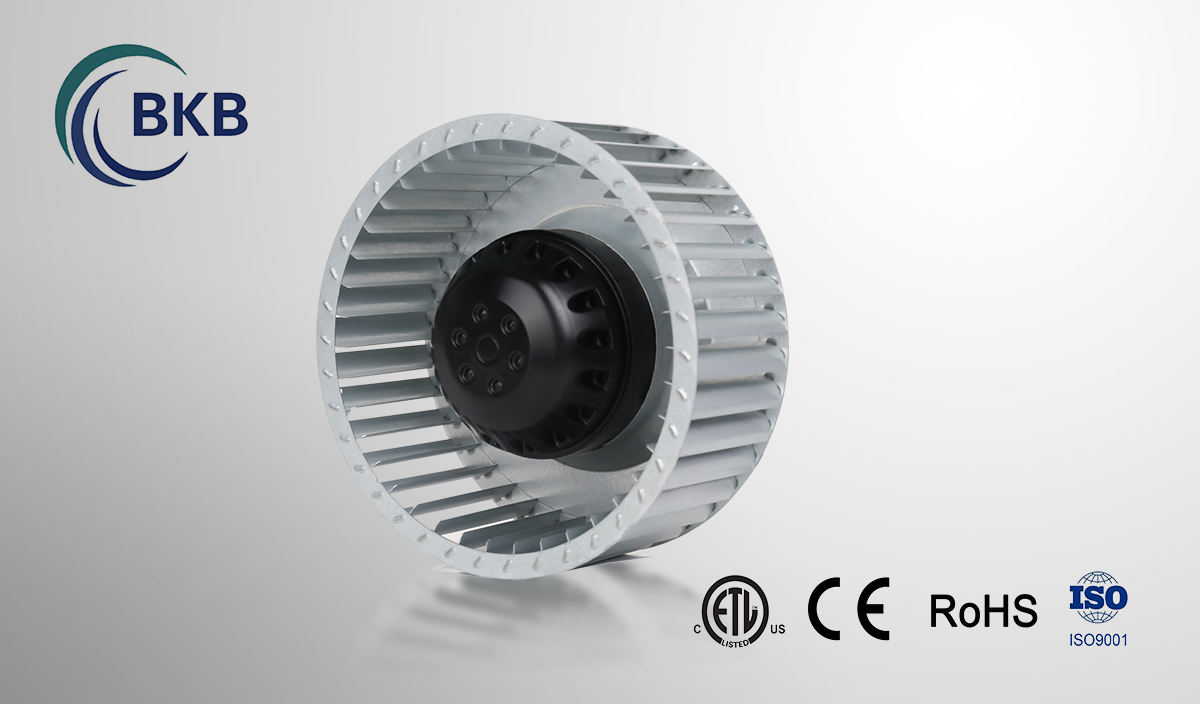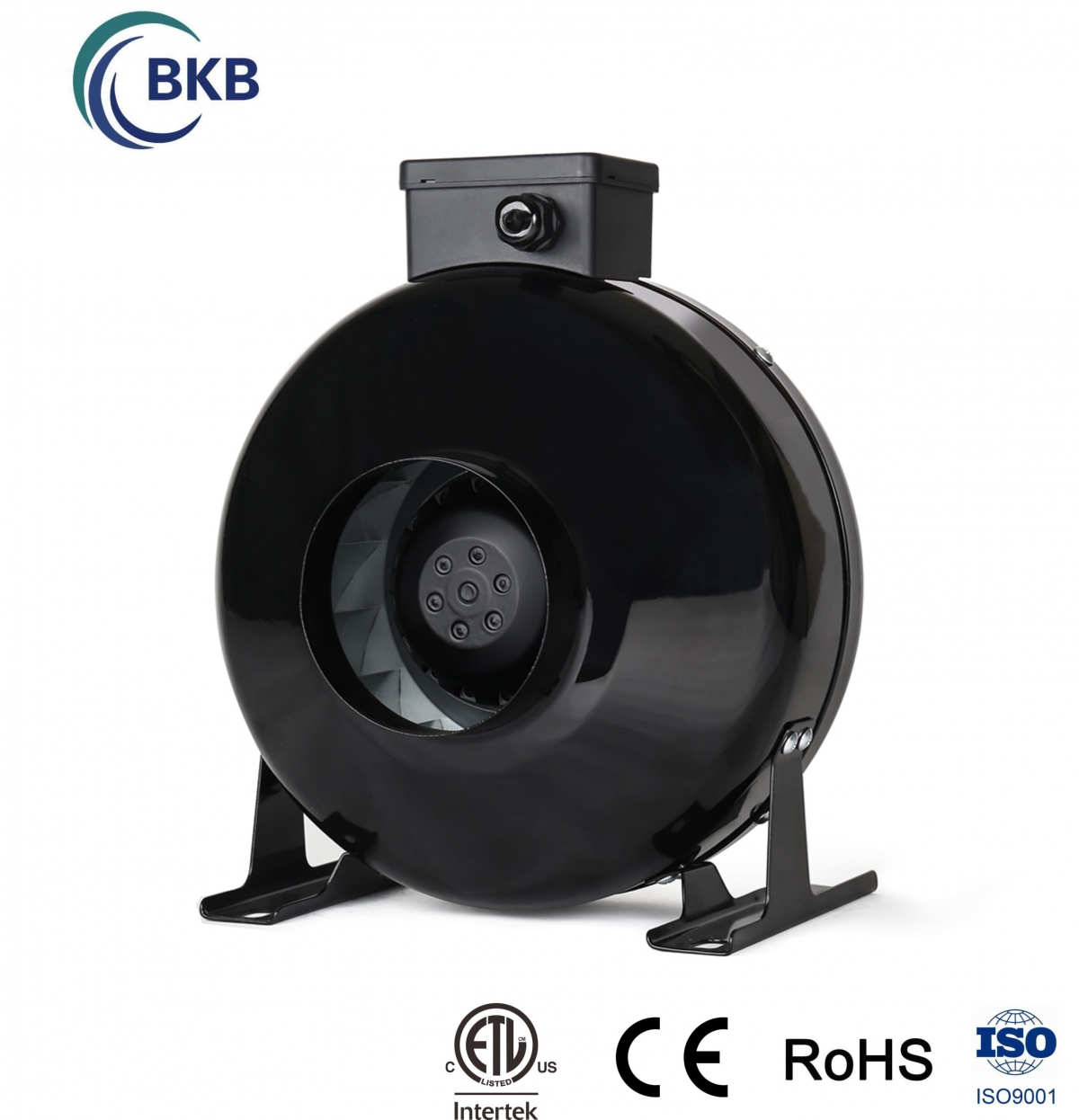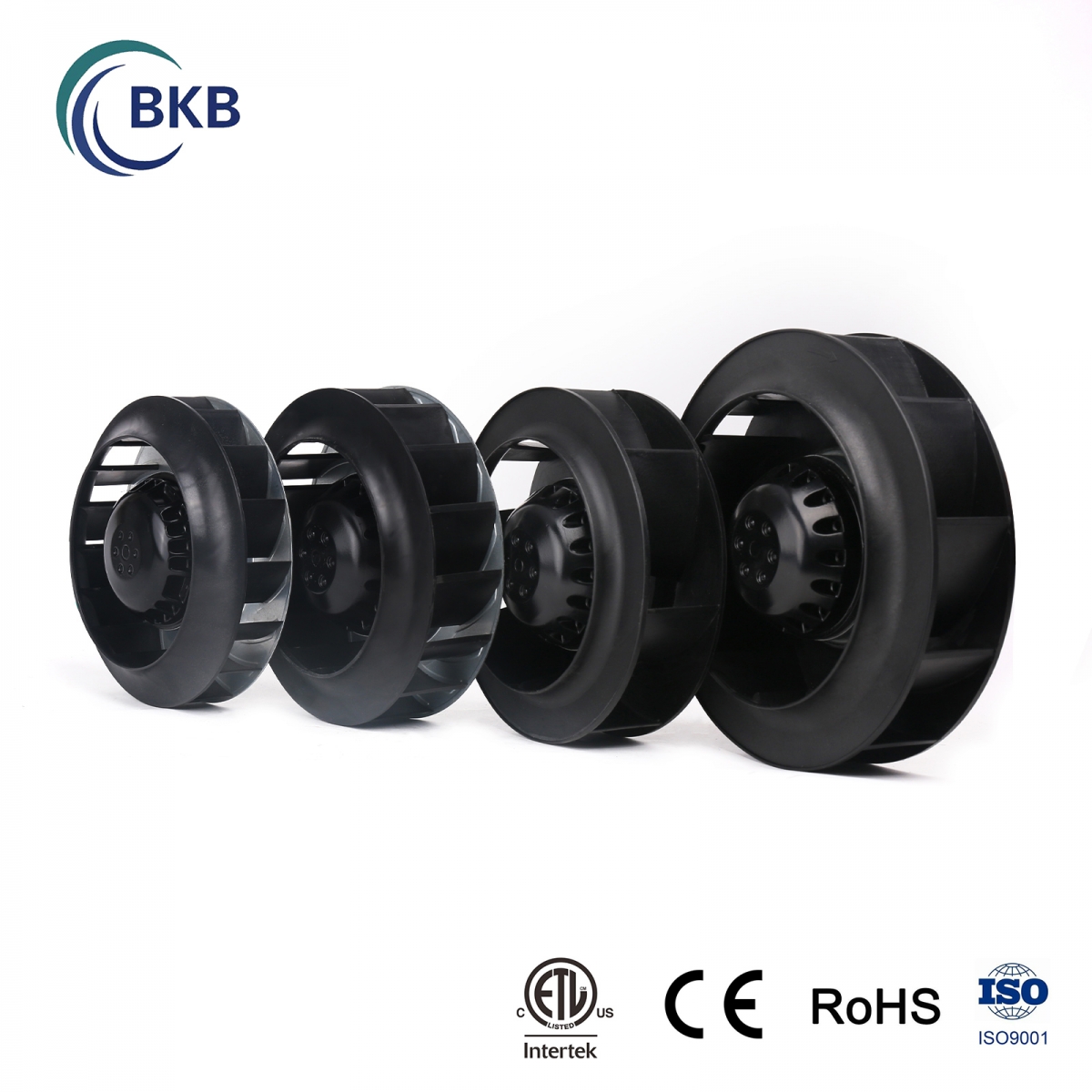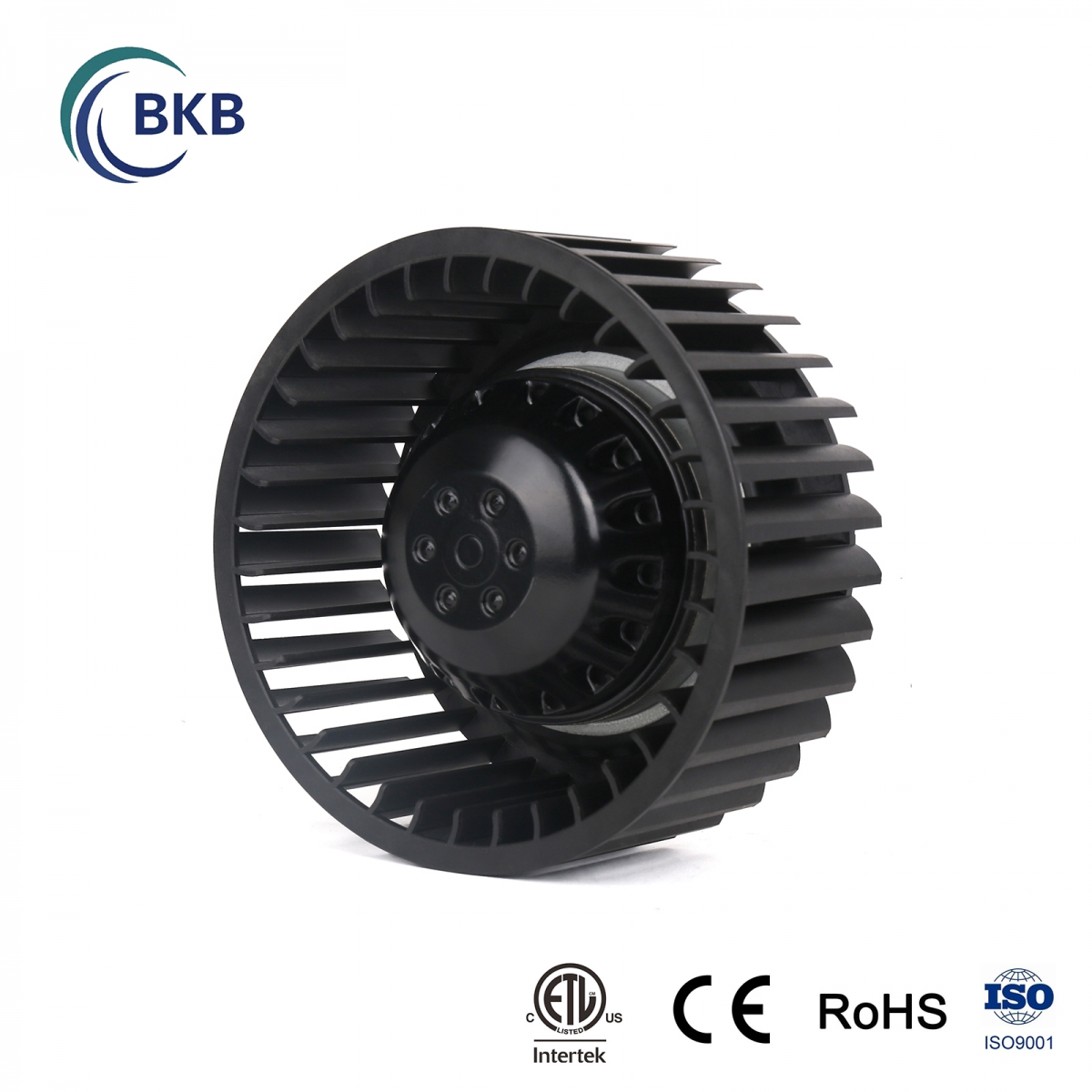- 14
- Feb
What is the difference between centrifugal fan and duct fan
What is the difference between centrifugal fan and duct fan
Centrifugal fan and duct fan are two different types of fans, both of which belong to the type of fan. There are some differences between them in concept, performance characteristics and so on. For customers with needs, which one to choose needs to be combined with their own actual needs. Let’s introduce the difference between centrifugal fan and duct fan. Let’s have a look.
Centrifugal fan:
Centrifugal fan is a commonly used auxiliary production equipment in stone processing enterprises. It is mainly used in ventilation and dust removal devices. For example, cyclone dust collector and bag dust collector in stone cutting and grinding processes need to use centrifugal fan to remove dust from the production site, so as to ensure the clean production environment and protect the physical and mental health of producers.


Fan is a kind of equipment with high energy consumption, which consumes a large proportion of power resources in stone processing. With the increasing shortage of energy and the popularization and application of high-yield and efficient working faces in China, energy conservation and consumption reduction has become a common concern of stone production enterprises. Many stone production enterprises take reducing the power consumption of fan as their current important work. To reduce the power consumption of the fan, in addition to improving the efficiency of the fan itself, it is most important to reasonably select the regulation mode of the fan, because the load of stone production changes from time to time with the demand of the process, and most fans need to adjust the flow frequently according to the load of the main engine.

At present, the energy-saving adjustment methods of fans in stone processing enterprises are relatively old, and throttling adjustment is generally adopted. When throttling regulation is adopted, the flow of the fan is mainly regulated by regulating valve or throttling baffle. The throttling flow of the fan is large, and even throttling is more than 50% at low load. Due to throttling loss and deviation from the operation in high efficiency area, the energy waste is very serious. If the speed of the fan is adjusted, it can not only eliminate the throttling loss, but also ensure that the fan always runs in the high-efficiency area, so it can greatly save electric energy. It can be said that adjusting the speed of the fan to run the fan is an effective energy-saving way, which reflects the new trend of the current production of building materials industry.
Performance characteristics
Centrifugal fan is essentially a variable flow and constant pressure device. When the speed is constant, the pressure flow theoretical curve of centrifugal fan should be a straight line. The actual characteristic curve is curved due to internal loss. The pressure generated in the centrifugal fan is greatly affected by the change of inlet temperature or density. For a given intake air volume, the pressure generated at the highest intake air temperature (the lowest air density) is the lowest. For a given pressure and flow characteristic curve, there is a power and flow characteristic curve. When the blower operates at a constant speed, the required power increases with the decrease of inlet air temperature for a given flow.
working principle
The working principle of centrifugal fan is basically the same as that of turbine compressor, but the pressure changes due to low gas flow rate
The main deconstruction of centrifugal fan is not large. Generally, the change of gas specific volume does not need to be considered, that is, the gas is treated as an incompressible fluid.
According to the principle of converting kinetic energy into potential energy, the centrifugal fan uses the high-speed rotating impeller to accelerate the gas, then decelerate and change the flow direction to convert kinetic energy into potential energy (pressure). In the single-stage centrifugal fan, the gas enters the impeller from the axial direction, changes into the radial direction when flowing through the impeller, and then enters the diffuser. In the diffuser, the gas changes the flow direction and causes deceleration, which converts kinetic energy into pressure energy. The pressure increase mainly occurs in the impeller, followed by the diffusion process. In the multistage centrifugal fan, the reflux device is used to make the air flow enter the next impeller to produce higher pressure.
The blade of centrifugal fan can be divided into three forms: backward bending, forward bending and radial according to the size of its outlet installation angle. The bending direction of the backward curved blade is opposite to the rotation direction of the impeller, and the outlet installation angle is less than 90 degrees; The outlet direction of radial blade is radial, and the outlet installation angle is equal to 90 degrees; The bending direction of the forward curved blade is the same as the rotation direction of the impeller, and the outlet installation angle is greater than 90 degrees.


The centrifugal fan can be made into two types: right rotation and left rotation. Face up from one side of the motor: the impeller rotates clockwise, which is called right rotating fan; Counterclockwise rotation is called left rotation,
Duct ventilator:
Duct fan refers to the selection of control parameters such as air volume, total pressure, efficiency, noise, motor power, etc., also known as duct fan. Fans for different purposes shall be selected according to the physical and chemical properties of the transported gas.
Product features
The control parameters of duct fan are air volume, total pressure, efficiency, noise, motor power, etc.
Select fans for different purposes according to the physical and chemical properties of the transported gas. If conveying clean air, general ventilator shall be selected; Explosion proof ventilator shall be selected for conveying flammable and explosive gases; Corrosion resistant fan shall be selected for conveying corrosive gas.
When selecting the fan, the air leakage loss and calculation error of the pipeline system, as well as the negative deviation of the actual air volume and air pressure of the fan shall be considered. Generally, the safety factor of air volume of 1.05 ~ 1.1 and air pressure of 1.10 ~ 1.15 shall be adopted. However, it shall not be too large to prevent the fan from operating in the low efficiency area for a long time.
Pay attention to the matching relationship between the resistance characteristics of pipe network and the characteristics of fan. In order to ensure the stable operation of the ventilator, the ventilator should work near its maximum efficiency point. The working point of the ventilator is located on the right side of the peak point of total pressure in the performance curve (i.e. the side with large air volume, and generally located at 80% of the peak value of total pressure).
For the ventilation system with silencing requirements, the ventilator with high efficiency and low circumferential speed of impeller shall be selected first, and it shall work near the highest efficiency point. Corresponding noise elimination and vibration reduction measures shall also be taken according to the transmission mode of noise and vibration generated by the ventilation system.
The duct fan changes the blade shape to make the air flow have both partial axial flow and partial centrifugal effect after entering the fan. Therefore, its performance is between axial flow fan and centrifugal fan.
The duct ventilator provides medium air pressure and medium air volume, which is more suitable for the ventilation system in high-rise civil buildings.
Key points of installation
- The ventilator mounting pedestal (foundation and hanger) shall have sufficient strength, stability and durability, and the vibration of the pedestal shall meet the following provisions:
1) The natural vibration frequency of the foundation device shall not be greater than 1 / 3 of the speed of the motor and fan;
2) The difference between the vibration speed when the fan is running and the vibration speed when the fan is stationary shall be more than 3 times.
- Flexible joints shall be set between the inlet and outlet of the fan and the air duct. Air inlet pipe, air outlet pipe and other devices shall be independently supported and firmly supported by the foundation or other components of the building. The casing shall not bear the weight of other parts.
- When the ventilator is installed on building components, vibration isolation measures shall be taken.
- The ventilator can be installed with reference to the following national building standard design atlas.
- The duct fan can be installed on the straight air duct, which has the advantages of convenient connection and small occupied space.
It can be seen that although both centrifugal fan and duct fan are fans, there are some differences in many aspects. It is suggested that when actually selecting fans, you must pay attention to making relevant comparison and understanding from many aspects to see which one you need, and then make the final choice.
